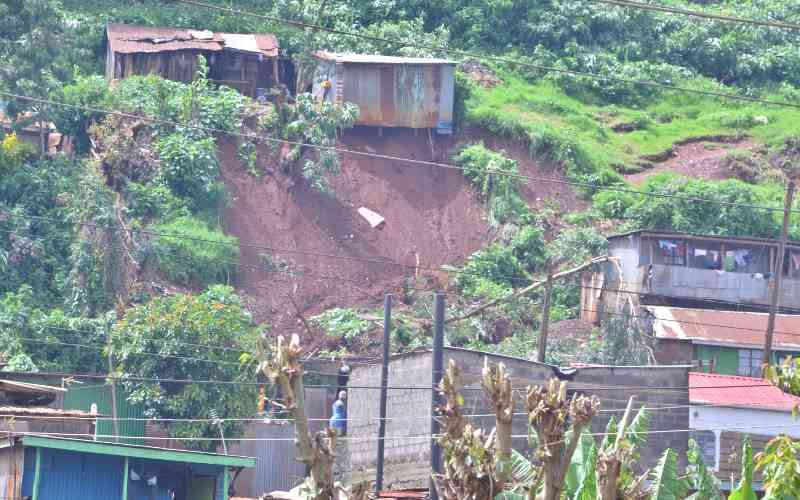By Franco Odhiambo
The Attorney General has already put in place mechanism to draft several pieces of legislation to conform to the Constitution. He has appointed foreign experts to assist the commission charged with the task to enable legislators debate and make them laws.
A timetable has been set for implementation of those legislations among them, several on land. One of the most sensitive among issues on land is correcting historical land injustices.
Some of the major issues will be squatter problems, land ownership and landlessness. These are among the issues that have caused conflicts in the country.
In order to resolve some of those issues, it is important to look into the root cause of those phenomena, which if ignored, resolving land problems will be a mirage.
This can only be done if we retrace our steps into history at the start of colonisation.
Origin of squatters
Prior to the arrival of white settlers, each community had its own sphere of influence, which they acquired through conquest, assimilation or purchase through barter trade. Land use and acquisition was either permanent or semi permanent for those practicing cultivation and nomadic land use for pastoral communities.
Due to huge financial burden incurred in the construction of Kenya Uganda railway, the only way to recoup the investment by the colonial government was to encourage white settlement along the railway corridor in order for them to practice agriculture whose produce was transported on the rail system. This led to displacement of many communities from their ancestral land through forceful eviction, manipulation and relocation to less productive areas.
Communities whose lands were not annexed became a cheap source of labour. Many of their livestock were confiscated to pay government taxes such as the infamous hut tax. With no other source of livelihood, many were forced to seek employment on white settlers farms with minimal wages.
Others were forced to become labourers through agreements between local colonial chiefs and District Commissioner where each location was to provide a given numbers of labourers.
Settlements
This group of former settler workers and their descendants form the second category of squatters as can be witnessed in many plantations and store quarries as they were unable to reclaim their ancestral land during land consolidation and adjudication exercise.
The first group of squatters or their descendant who were displaced from their lands once identified, should be settled in available unused or under utilised public land within their respective counties. If such land is unavailable, then the Government should identify land in neutral counties where no particular community have a strong claim.
The second group of squatter should be given reasonable size of land within the large-scale farms or plantations, as it is possible to excise part of the land to accommodate the few former workers and their descendants who have now turned into squatters.
Stay informed. Subscribe to our newsletter
Despite different origin of such squatters, they cannot face hostilities from host community, as their number is small and many who are descendants have been born and brought up within the locality and can interact easily with the locals. Such settlements will also be a source of labour for the plantations.
The writer is a survey and mapping professional.
 The Standard Group Plc is a
multi-media organization with investments in media platforms spanning newspaper
print operations, television, radio broadcasting, digital and online services. The
Standard Group is recognized as a leading multi-media house in Kenya with a key
influence in matters of national and international interest.
The Standard Group Plc is a
multi-media organization with investments in media platforms spanning newspaper
print operations, television, radio broadcasting, digital and online services. The
Standard Group is recognized as a leading multi-media house in Kenya with a key
influence in matters of national and international interest.
 The Standard Group Plc is a
multi-media organization with investments in media platforms spanning newspaper
print operations, television, radio broadcasting, digital and online services. The
Standard Group is recognized as a leading multi-media house in Kenya with a key
influence in matters of national and international interest.
The Standard Group Plc is a
multi-media organization with investments in media platforms spanning newspaper
print operations, television, radio broadcasting, digital and online services. The
Standard Group is recognized as a leading multi-media house in Kenya with a key
influence in matters of national and international interest.








